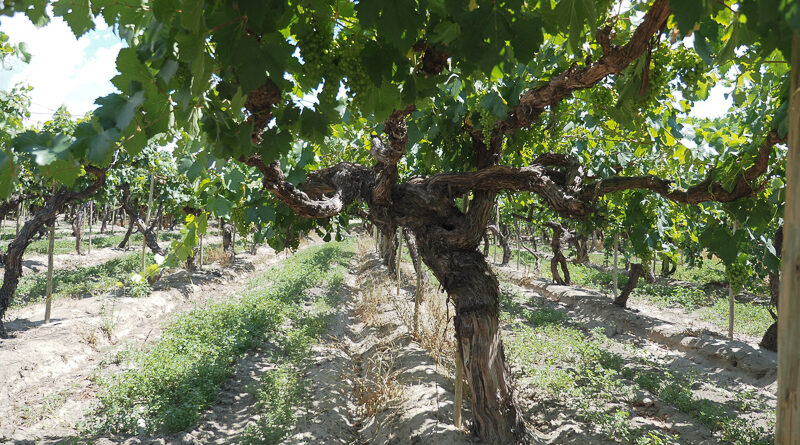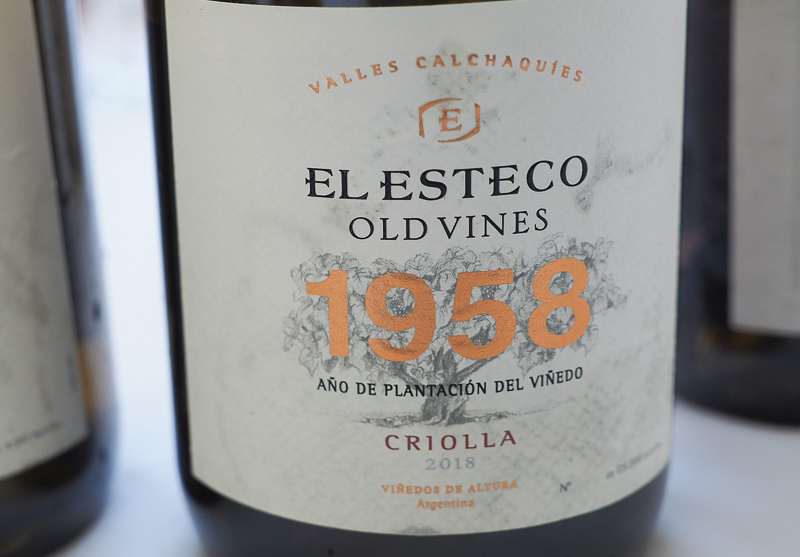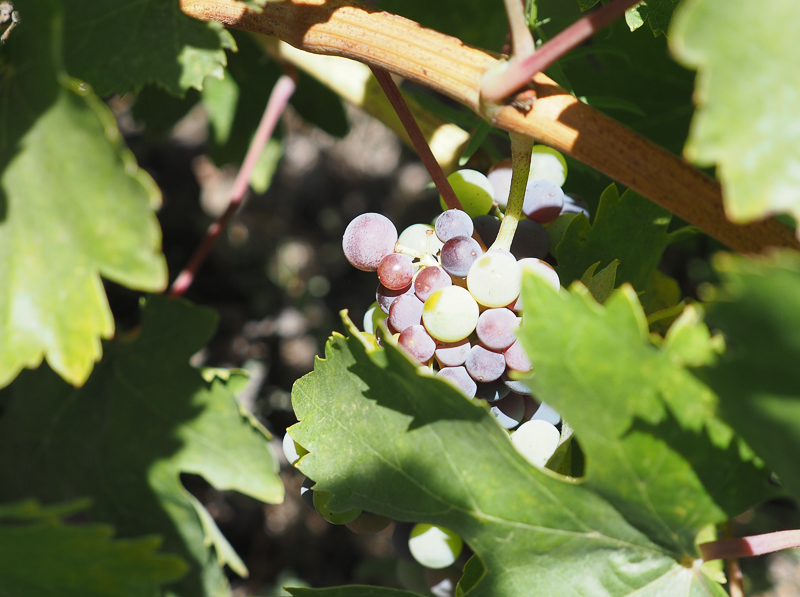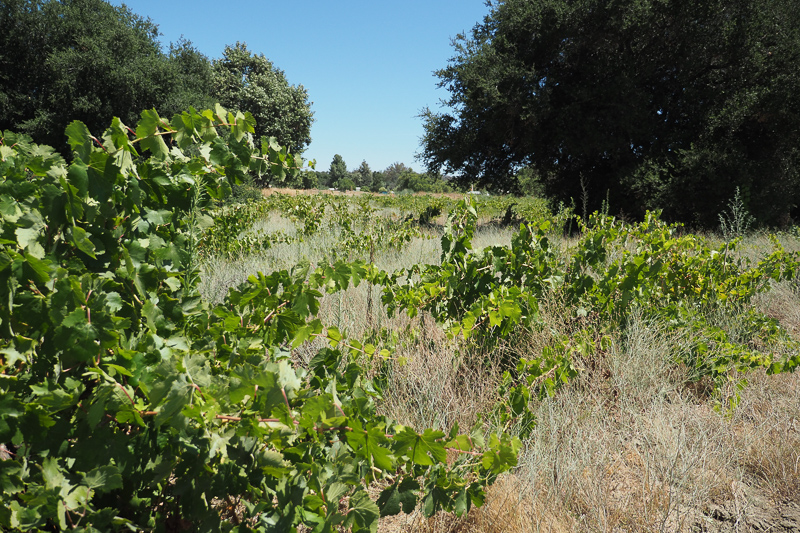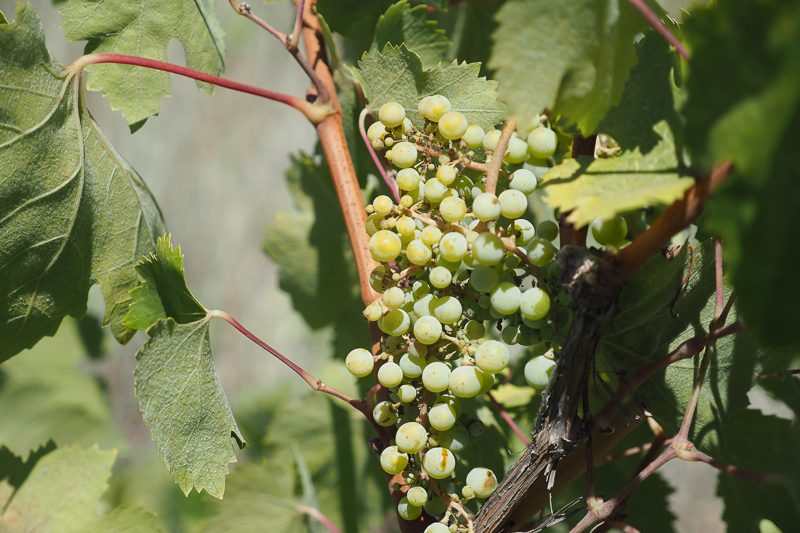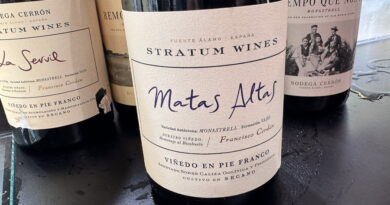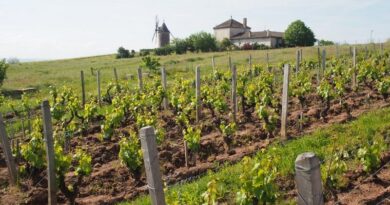País, Mission, Criolla Chica: the Beaujolais of the Americas?
Much like the Gamay of Beaujolais, twenty years ago País was seen as fit for only commonplace, lowly table wine. Today a combination of rediscovered low yielding old vines, exquisite wine making and the consumer’s taste for fresh light reds is rewriting the narrative of this ancient grape.
Listán Prieto, Mission, País, Criolla Chica are all names for one grape variety that journeyed to the Americas from Europe with early Christian settlers eager to make Holy wine for the Blessed Sacrament. Lisse Garnett reports.
Ageing Criolla vines provide living evidence of a four-century old European exodus to the New World. País in Chile and Criolla Chica in Argentina still grow untended on bush vines in forgotten plots that date back to the Conquistador invaders. In California, known as Mission, it can still be found in the location of the few remaining early farmsteads established by the ruling Spanish in Mexico to convert native Americans to Catholicism. Here Franciscan missionaries cultivated grapes for Holy wine, much as the Catholic conquistadors did in Mexico, Peru, Argentina and Chile. In Peru it is the primary component of Pisco, the ubiquitous local spirit.
País is incredibly hardy, flourishes in old age and needs almost no vineyard management to produce generous yields. The grape is disease resistant, grows deep roots and therefore does not require irrigation. Early picking is required to retain acidity and carbonic maceration is a good fit for its short chain tannins. Not unlike Beaujolais, the nose is raspberry rich and floral. It makes wines gorgeously pale pinkish red in colour with crisp light tannins.
Today Listán Prieto is no longer found in its native home of Castilla-La Mancha in Spain. There are some 1700 hectares of it in the Canaries but it is very rare to find it made into a single varietal bottling there. It found a home far away in the Americas but now even there it is considered debased and lowly by the majority. In Argentina it is known as Criolla Chica.
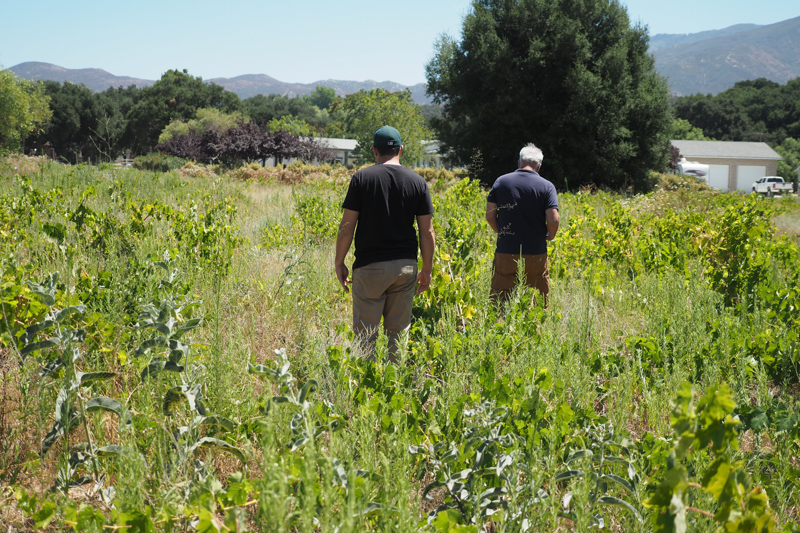
Criolla is a confusingly generic term that can be used to describe pretty much anything but refers in this case to a family of grape varieties, red Listán Prieto being one. The Dominican Republic has some too, located as it is on the infamous slave trade passage. Early sailing routes are useful to understand as they explain the story behind this grape’s widespread geography and multiple monikers.
The Age of Discovery began in the 15th century, a period of intense global exploration by European nations keen to discover new trade routes and acquire converts for the Catholic Church. Spain and Portugal led the field. Christopher Columbus and Magellan mounted many an expedition funded by these two powerful rivals. Once the Portuguese had discovered the Azores and Spain had colonised the Canaries the way was clear for Atlantic crossings aided by north-easterly trade winds. Trade came to mean commerce for this very reason. Ships would restock on Madeira or the Canaries before making the journey across the Atlantic toward the Americas. Sacramental wines and the Listán Prieto required to make them made the voyage too – most likely as dormant canes, but some have speculated that seeds were taken (this idea has been proved wrong by genetic studies showing that Mission/País/Criolla Chica are genetically identical to Listán Prieto).
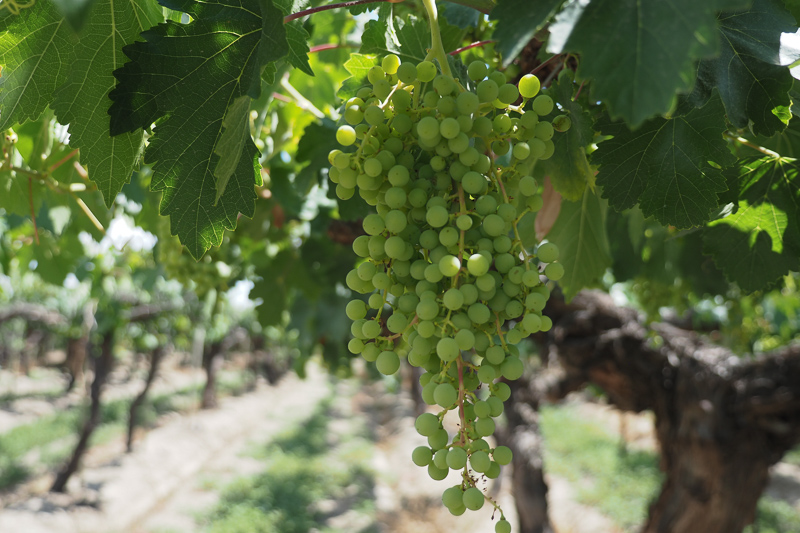
Its fall from grace in Latin America came with the arrival of other European varieties and prices for País plummeted. In California the end came with the demise of Spanish influence. The missions, established in 1769, lost funding when Spain’s monarch was imprisoned by the French. In 1820 Mexico gained independence and eventually the missions where divided and given in land grants to the military.
Today a small cohort of appreciative converts have emerged from the shadows to find a market for this grape outside Latin America. In Chile, Bouchon Family Wines bottle a wonderful wild País and South African David Nieuwoudt of Cederberg makes fantastic País ‘Glup’ with Julio Bouchon in Bio Bio (they are looking for a UK importer). Torres, Viña González Bastías and Garage Wine Co are busy making elegant, delicious wines in Itata, Maule and Bio Bio too. In Argentina Criolla Chica is experiencing a revival courtesy of younger makers. Sebastian Zuccardi and his wife run a small personal project named Cara Sur in Barreal, San Juan. Parral-trained vines at high altitude make for wines that vibrate with intensity. Juanfa Suarez and his wife Cecilia Duran are also pioneers. Their unfiltered and naturally fermented Rocomadre Criolla is mountain-bred in Paraje Altamira from 80 year-old-vines. In Salta up near Argentina’s Northern border Marcello Pelleriti makes a Criolla for Vallisto loaded with floral energy and bite.
Bouchon Family Wines in Chile make a wine called País Salvaje from old País vines that grow in trees. This is a short film of the País Salvaje grapes being harvested:
Bouchon Family Wines – Harvest Wild Grapes from Bouchon Family Wines on Vimeo.
As mentioned the Canaries have a number of old Listán Prieto vineyards. Evínate are a sought-after collective who make low intervention wines from all about the Atlantic coast. Their wine Benje Tinto is made predominantly from Listán but with a few other indigenous varieties thrown in.
Several different varieties fall under the Criolla grouping – Argentina’s aromatic white – Torrontés is a cross between Muscatel de Alexandria and Listán Prieto as are Pedro Gimenez and Criolla Grande. Over the centuries, these varieties have adapted to perfectly meet the climatic conditions in the Americas. A study by The Argentine Institute of Agricultural Technology in 2011 found some 50 further newly named varieties, most descended from Listan Prieto and Muscatel de Alexandria.
Jamie and I did our best to sup our way through the field and give a representative view, we have included blends as some of them are just too good to ignore. His notes follow.
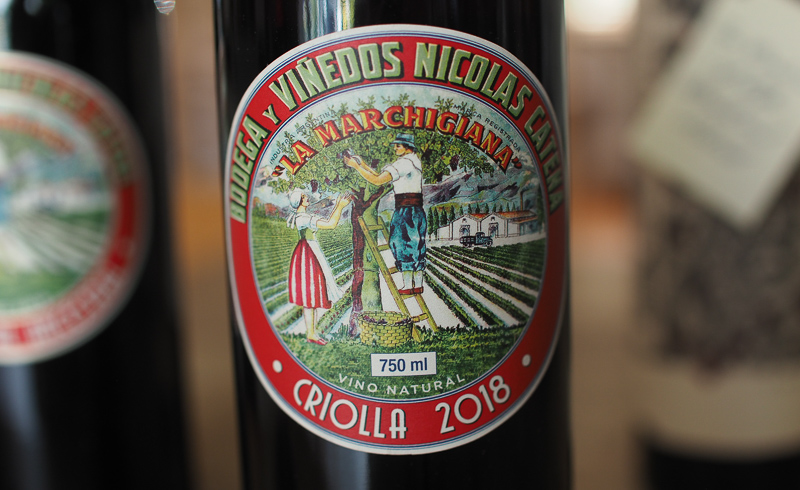
WINES
Viña González Bastías Matorral 2019 Maule, Chile
13% alcohol. This is from Pais (aka Mission, Listan Prieto, Chileno, Hussa). From four hectares of 200 year old vines. It’s naturally made. José Luis Gómez Bastías is the 5th generation of his family to cultivate vineyards on the south bank of the Maule river. Unlike some of the larger landowners in Maule and Bio Bio, they haven’t grubbed up or re-grafted their 200-year-old País bush vines for more ‘popular’ international varietals. In 2013 Jose Luis met Daniela Lorenzo, an agronomist and viticulturalist in Santiago; she fell in love with the project and with Jose Luis! They now run the vineyards and winery together. Their objective is to live and work sustainably and look after their beautiful land and its history and traditions: from the music, the food, to the philosophy of respecting nature, they practice agriculture as a part of life and not just a business. They aim to create a balanced ecosystem; their four hectares of vineyards are also home to fruit trees and wildlife. Sheep control the grass and provide natural fertiliser. Their winemaking takes a similarly holistic approach, producing wines that express their native terroir. It’s a very expressive lighter-styled red with red cherries, spice, some silkiness, with real purity and finesse. There’s massive drinkability here, but there’s also some seriousness: fine spices, a bit of grip, some nice mineral hints, too. It’s so enjoyable on a number of levels. 93/100 (£19.50 The Sourcing Table)
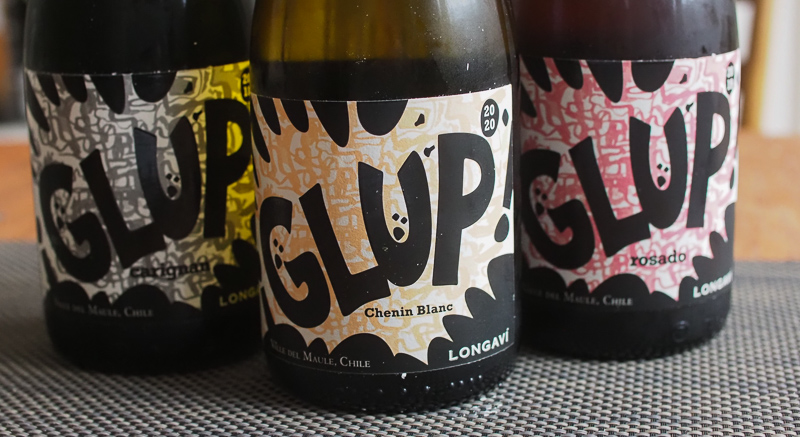
Longavi Glup País 2019 Secano Interior, Bio Bio, Chile
12.5% alcohol. This is a collaboration between David Nieuwoudt from South Africa and Julio Bouchon of Chile. The wines come from the south of the country – regions where there are still lots of old vine, dry farmed vineyards. These had been forgotten in the rush to modern styles of wines from glamorous international varieties, but now – with more sympathetic winemaking and the realisation that wines don’t have to be international in style – people are beginning to make some very exciting wines here. From 100+ year old vines near the Bio Bio river. Fermented in open tanks then aged in old barrels. Supple, bright and fresh with juicy cherry and raspberry fruit and some herbal hints. Has a bit of grippy tannin and keen acidity. A lighter red but with some substance. Has a slight reductive edge which makes it a bit grunty. Food compatible, and slightly rustic, but enjoyable. 90/100
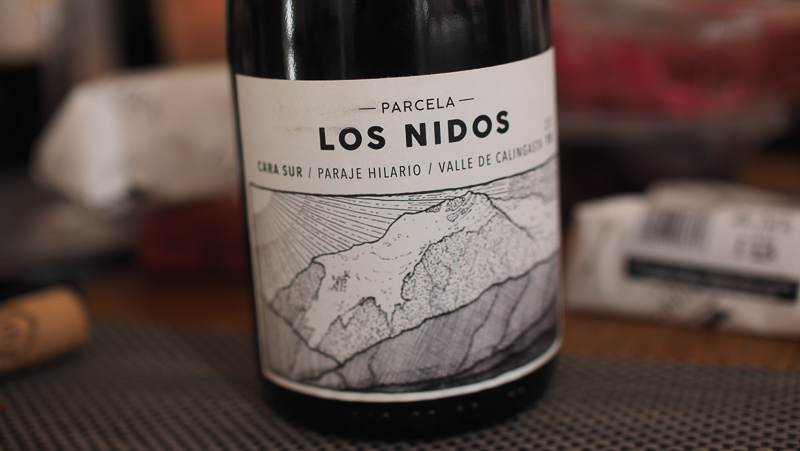
Cara Sur Parcela Los Nidos Paraje Hilario 2018 Valle de Callingasta, San Juan, Argentina
13% alcohol. Cara Sur is a joint project between Sebastián Zuccardi and Marcela Manini who have partnered with Nuria Añó Gargiulo and Pancho Bugallo to make wine in the Calingasta Valley of San Juan, north of Mendoza. This is a brilliant wine – a field blend from a 0.5 hectare vineyard – Bonarda, Barbera and some Criollas. Altitude is 1500 m and the vines are 80 years old. Fluvial terrace from the precordillera of the Andes, blended with alluvial influence from the Los Patos river. Whole cluster fermentation with wild yeasts in 2000 litre concrete with no temperature control, followed by ageing in 1000 litre concrete eggs. This is really good: lovely floral cherry notes combine with sour cherry and plum notes, and a lively spiciness. Has a lovely bitter herb twist which good acidity and tannins. This is concentrated and fresh with a grainy, juicy finish. Such a complete wine with some structure, good acidity and lovely balance. It has a bit of grunt: it’s not polished. But I like this. 95/100
Viña González Bastías Matorral 2019 Maule, Chile
13% alcohol. This is from Pais (aka Mission, Listan Prieto, Chileno, Hussa). From four hectares of 200 year old vines. It’s naturally made. A very expressive lighter-styled red with red cherries, spice, some silkiness, with real purity and finesse. There’s massive drinkability here, but there’s also some seriousness: fine spices, a bit of grip, some nice mineral hints, too. It’s so enjoyable on a number of levels. 93/100 (£19.50 The Sourcing Table)
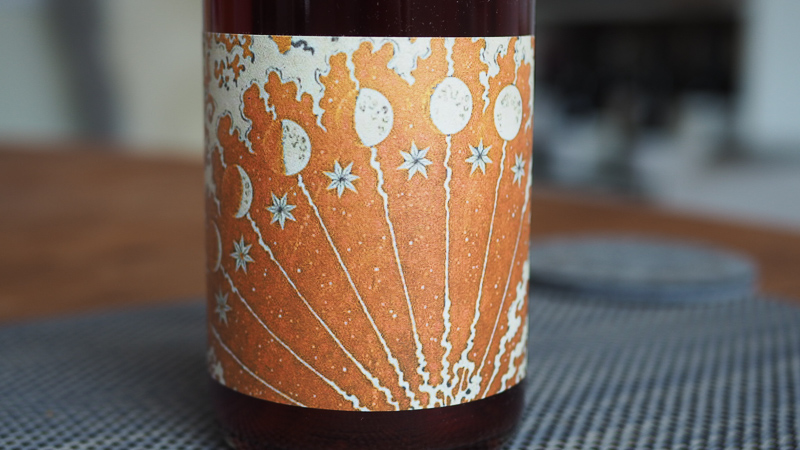
Pax Mission Somer’s Vineyard 2019 Lodi, California
12.5% alcohol. Pale red/orange in colour, this has a complex, spicy, slightly animal, gamey nose with notes of pepper and iodine under the sweet cherry and berry fruits. The palate is juicy and focused with light red cherry fruit as well as some apple notes, finishing with sour cherry and some grippy tannin. There’s a complex savoury, mineral dimension here too. It has massive drinkability bit also some grip and a savoury twist. Such an intriguing wine that is really hard to categorize: I’d probably say it was a dark rosé. 92/100
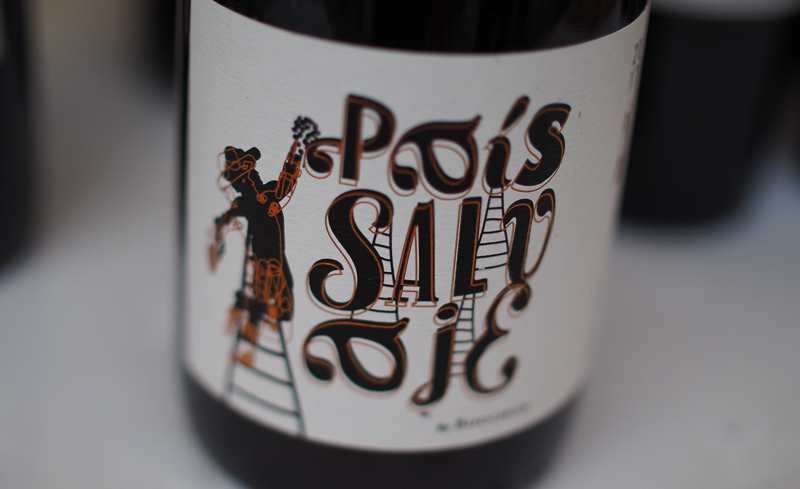
Bouchon País Salvaje Red 2017 Chile
This is made from País vines growing wild in trees, and ladders are needed for harvesting these ancient vines. 30% carbonic maceration, fermentation and ageing in concrete tanks. Supple, fine and juicy with red cherry fruit, and notes of spice, cranberry. Sweetly fruited and expressive with nice weight. 90/100
Catena Finca Los Paraísos El Mirador Criolla Chica 2019 Mendoza, Argentina
This is from 635 m altitude, and loamy sandy soils. It spends 21 days on skins in clay. It’s 13.4% alcohol and pH 3.28, and there are no added sulfites (total SO2 is 20 ppm, made by the yeasts). Supple and fresh with lovely red cherry fruit and floral aromatics, with hints of earth and clay, and lovely juicy red fruits. This is quite refined, with lovely fine red fruits. Very stylish. 93/100
El Esteco Criolla Old Vines Criolla ‘1958’ 2018 Valles Calchaquies, Argentina
15% whole cluster. Criolla is the traditional grape of America, and this is Criolla chica with smaller berries and clusters. The vineyard was probably planted in the 1930s, but it is hard to find firm evidence. Pale red in colour but showing nice concentration of flavour, and notes of red cherries, plums and strawberries, with a green sappy edge. Has some hints of earth and dried herbs, but also nice sweet fruit. 93/100
De Martino Las Olvidadas 2018 Itata, Chile
80% Pais, 20% San Francisco. De Martino purchased this old vineyard in 2013. It’s own-rooted with very old vines, and there are 2500 vines of Pais and San Francisco. These are 200-300 years old and look more like trees than vines. The soils are granitic. The grapes are destemmed using a manual bamboo destemmer. Fermented in an open top fermenter then aged in neutral barrels. This is the first vintage of this wine. Tight, complex and fresh. Tightwound with fresh red cherry fruit and good structure and some fine herbal notes. Compact and dense with nice acidity. Still youthful and structured with a bight redcurrant elegance and some sappiness. With time this will be brilliant. 94/100
Marks & Spencer Found País 2019 Itata, Chile
13.5% alcohol. País is the grape variety that the Spanish bought to South America, and after falling out of fashion, it’s now back again, and its talent for lighter-style reds is now appreciated. This is juicy and vibrant with masses of red berry and cherry fruit, with a touch of mint and pepper savouriness. Just so juicy and fruity with a crunchy finish and good acidity. 87/100 (£9 Marks & Spencer)
Find these wines with wine-searcher.com

